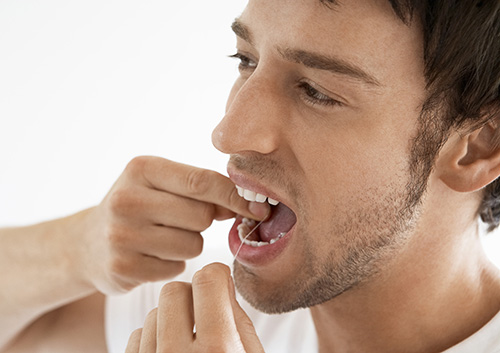Canker Sores and Stress
January 3rd, 2017

Canker sores are painful lesions that form in the soft tissues of the mouth, usually along the inner lips, under the tongue, and along the cheek walls. They are usually small and round, and take on a white or yellow hue. Though most are generally harmless and tend to heal on their own within a week or two of appearing, canker sores can be very irritating.
Only about one in five people develop canker sores. Of those who do, many develop them recurrently as a result of external factors. Though canker sores have been connected to allergies and hormonal changes, many people who are prone to developing canker sores find that their outbreaks are stress-related.
A combination of emotional stress and fatigue can be a perfect storm for the development of mouth sores. Some people say they are not under stress when canker sores form, but the sores appear several days after a stressful event or situation instead. Managing stress, reducing anxiety, and getting plenty of sleep may help prevent canker sores from forming and ensure that existing ones heal more quickly.
What to do if you develop canker sores
Do not be alarmed if you develop a canker sore. They are not contagious and are not harmful to your health. Over-the-counter oral numbing products can be used to manage pain, as can ice chips. Canker sores may heal faster if you apply milk of magnesia to them daily and avoid spicy foods that could irritate them.
You should contact your doctor if you find that your canker sores are unusually large or persist without healing for several weeks. Our team at Ghenta and Mills Dental Group also recommends seeking out professional treatment if you experience extreme pain or a fever develops in association with a canker sore outbreak.
For more information about canker sores, or to schedule an appointment with Drs. Ghenta and Mills, please give us a call at our convenient Dartmouth, MA office!





 Website Powered by Sesame 24-7™
Website Powered by Sesame 24-7™